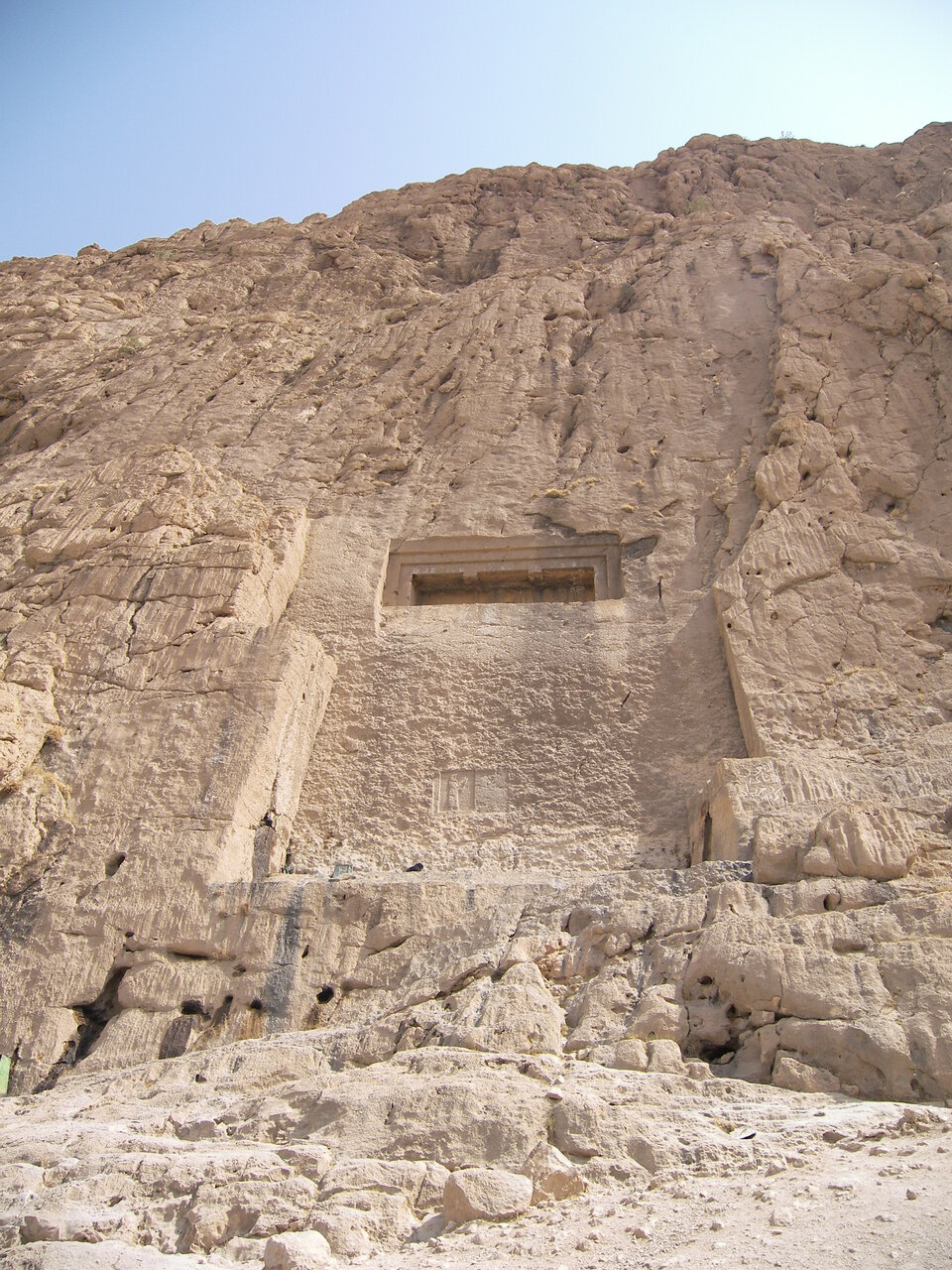
The 2400-year-old Dokkan-e Daud relief in western Iran displays influences of Zoroastrianism
Dokkan-e Daud, also known as David’s Store, is a significant archaeological site located in the rugged landscapes of Kermanshah province in western Iran. This site serves as both a tomb and a relief, offering valuable insights into Zoroastrian religious practices.
Situated twelve meters above the ground, Dokkan-e Daud features a wide entrance framed by two cylindrical columns reminiscent of the grand architectural elements found in the palaces of Pasargadae. This intricately carved relief was documented by the British Orientalist Sir Henry Creswicke Rawlinson as early as 1836.
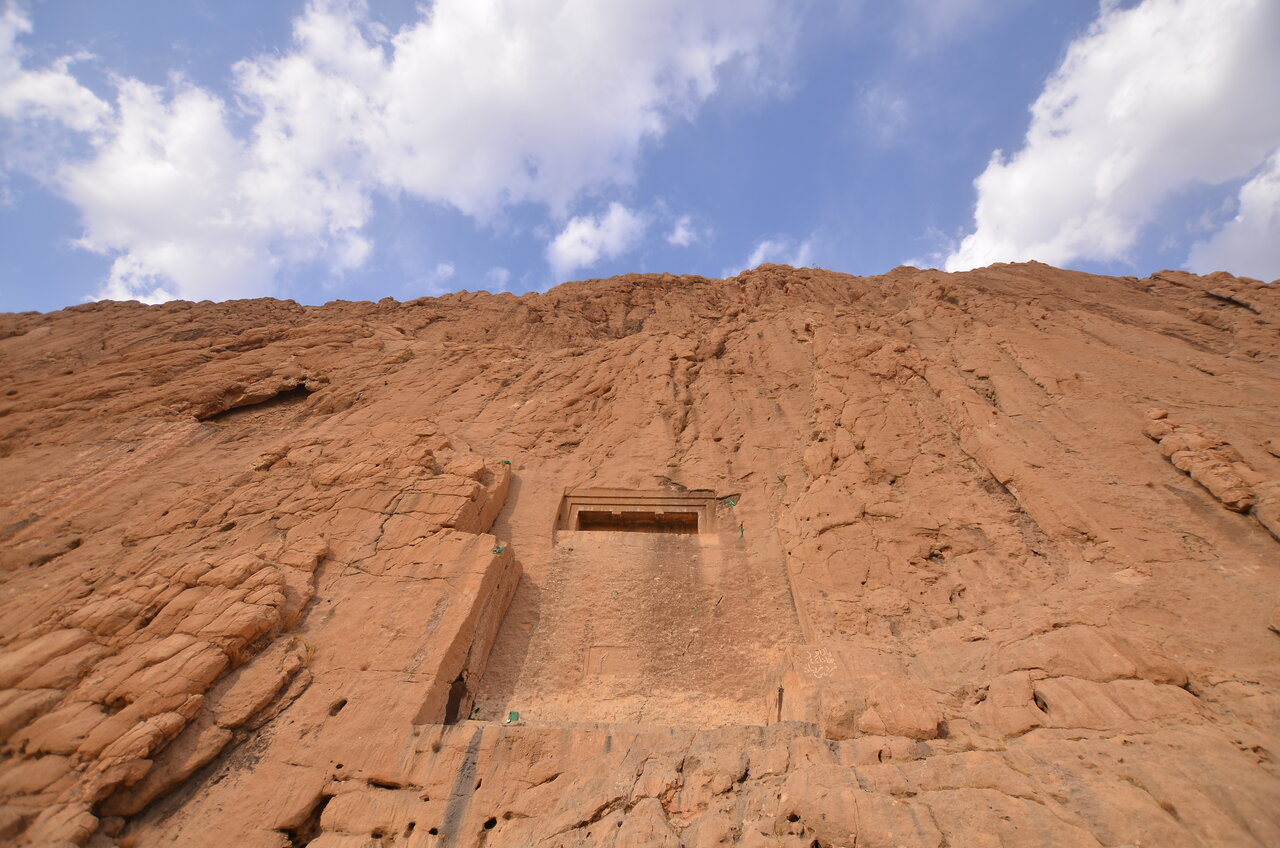
Although time has eroded much of the structure, remnants of the column bases and capitals still reflect its former glory. Inside, shelves carved into the rock once held sacred offerings, while an oval-shaped grave on the left side indicates its function as a burial site.
The most captivating aspect of Dokkan-e Daud lies beneath the tomb: a full-length relief depicting a robed figure wearing a distinctive Bashlick hat that covers its neck and ears. In its left hand, the figure holds a bundle of Barsom, sacred twigs used in Zoroastrian rituals, while its right hand is raised in a gesture of reverence. This unfinished relief likely intended to include a fire altar, reflecting the strong artistic traditions of the Achaemenid era. However, its precise dating remains a topic of academic debate.

For years, scholars have debated whether Dokkan-e Daud belongs to the Median, Achaemenid, or Parthian periods. Initially attributed to the Medes due to stylistic elements, recent studies suggest it was likely created during the late Achaemenid period (4th-3rd centuries BC) or even under the Seleucid or early Parthian rule. Unlike the Greek-influenced art of the Seleucid period, the reliefs at Dokkan-e Daud maintain the distinct Persian style characteristic of the Achaemenid Empire.
In 1931, Dokkan-e Daud was officially registered as a national heritage site, highlighting its importance in the cultural and historical landscape of Iran. This site not only showcases the artistic heritage of ancient Iran but also emphasizes the cultural and religious influences of Zoroastrianism.
Dokkan-e Daud stands as a remarkable testament to the rich history of the Achaemenid Empire and the enduring legacy of Zoroastrianism. Its unique features and historical context make it a valuable subject for further research and exploration in the field of archaeology.
You may also like
- Ancient Assyrian Tablets: Science Uncovers 7th Century Writing Techniques
- The Mysterious Goddess of Levent Valley: 2800-Year-Old Hittite Goddess Figurine
- Discovery in Romania Reshapes History of Ancient Dacian Presence
- New Study: Climate Change May Have Played a Role in the Fall of the Roman Empire
- The Dazzling Treasure of Kibyra: The Medusa Mosaic Reopens to Visitors
- Stunning 2,500-Year-Old Settlement Discovered in North Macedonia
- The 2000-Year-Old Anisa Tablet Found in Kültepe Shows That Greek Was Spoken in Anatolia at That Time
- Revealing the Hidden Voices: How Digital Tools Uncover the Art of Excerpting in Syriac Manuscripts
- Scientists Claim Ancient Cymbals Found in Oman Prove Bronze Age Social and Cultural Interactions
- Roman Settlement Discovered in Delbrück-Bentfeld, Germania
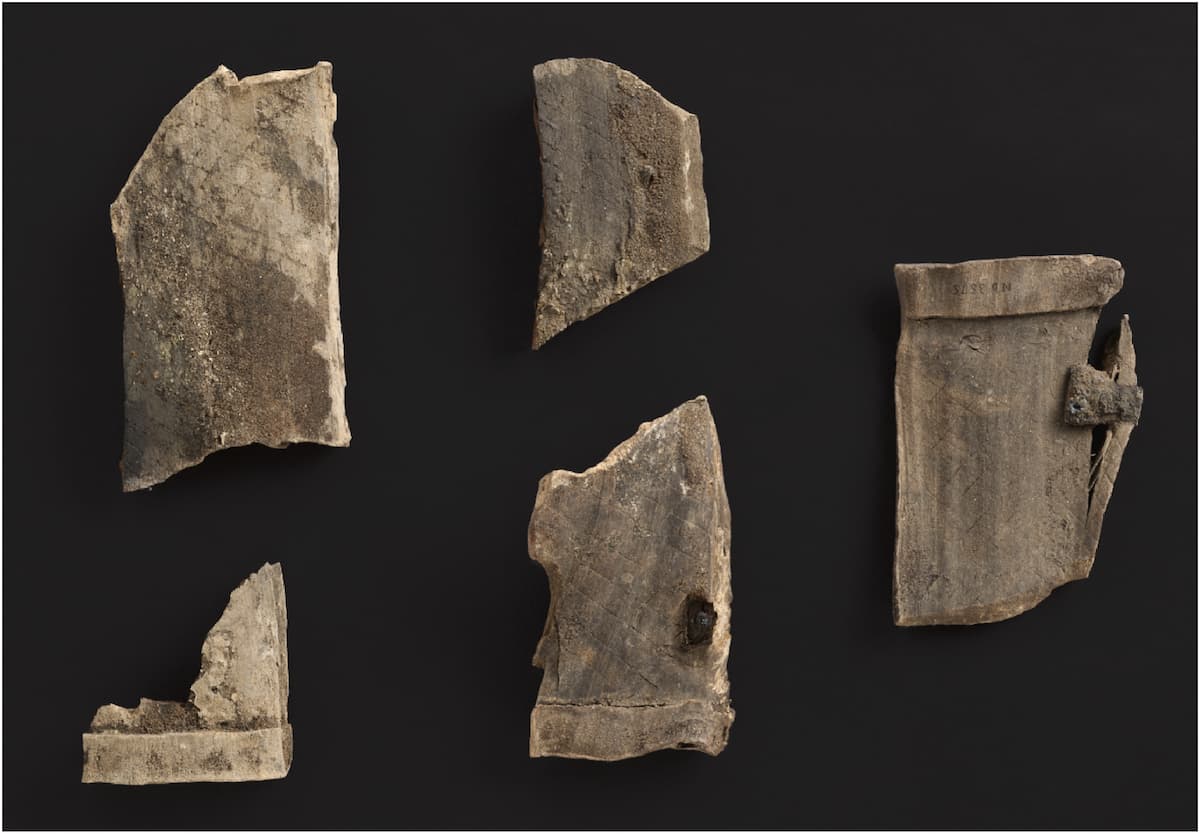
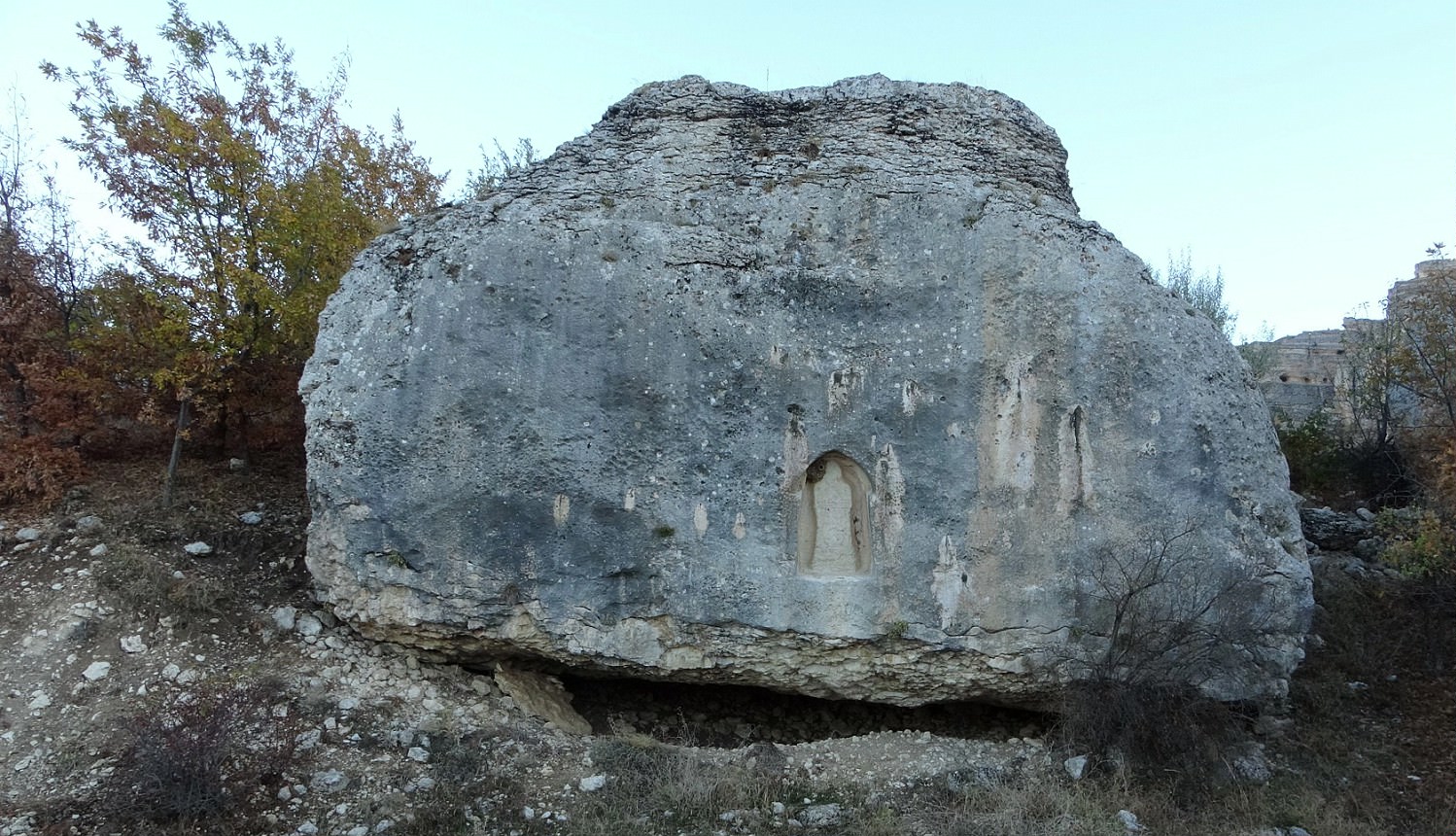
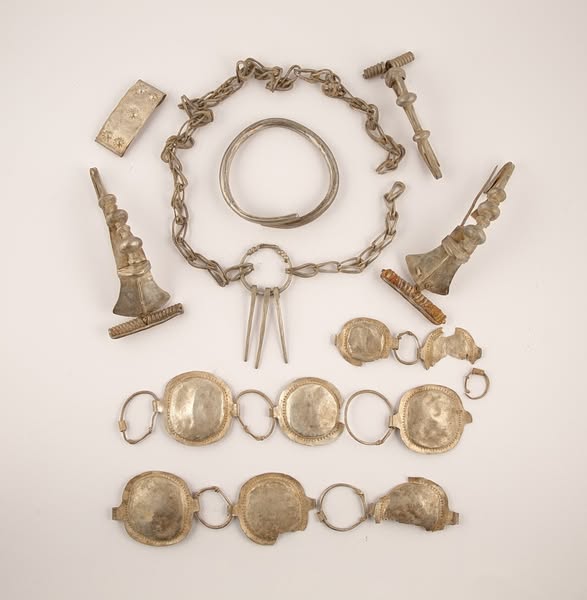

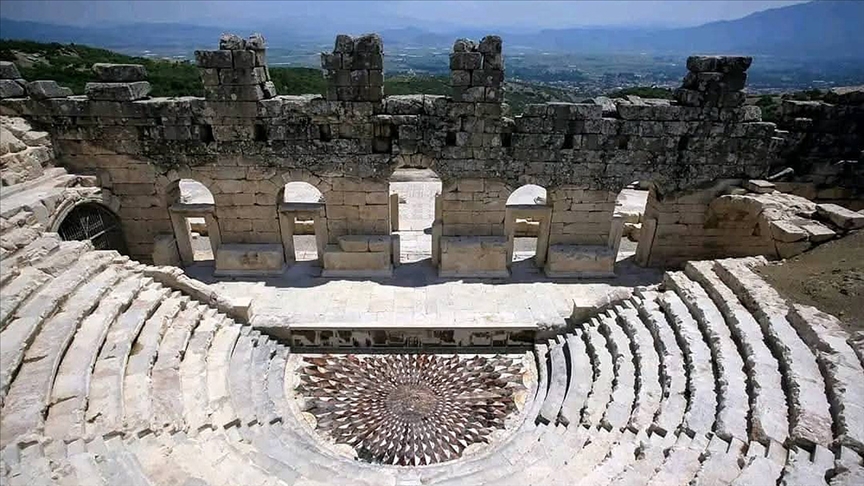
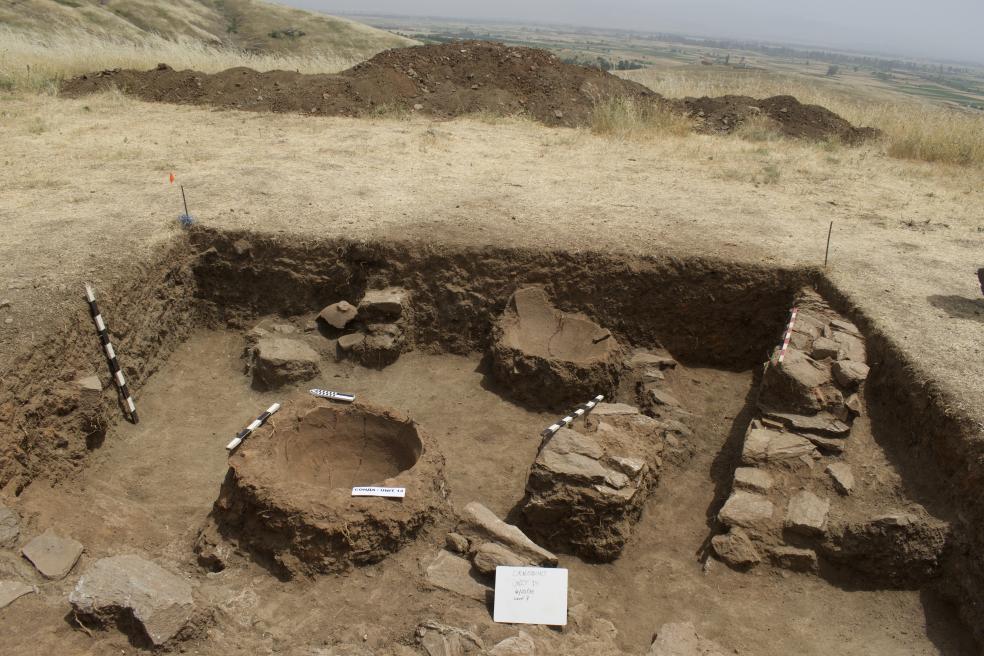
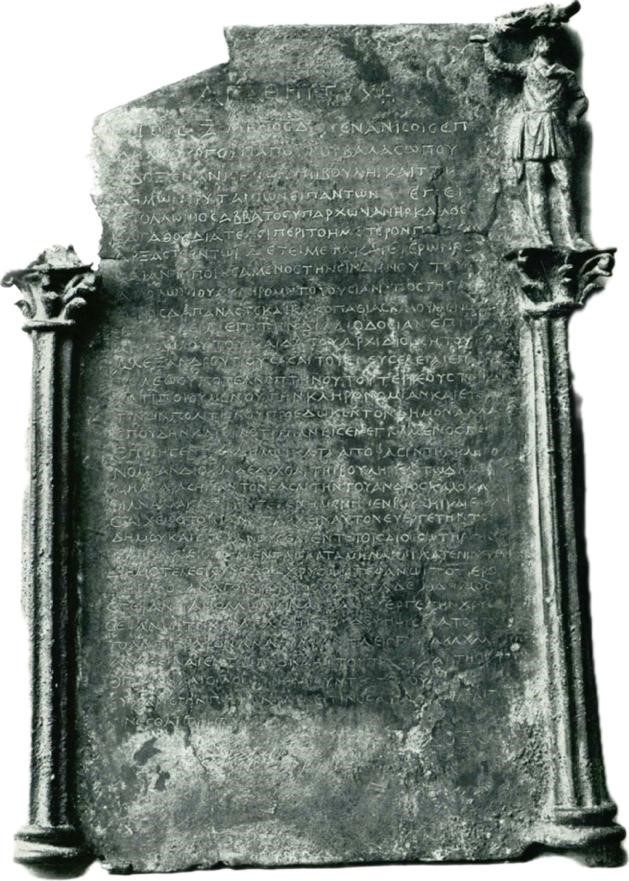
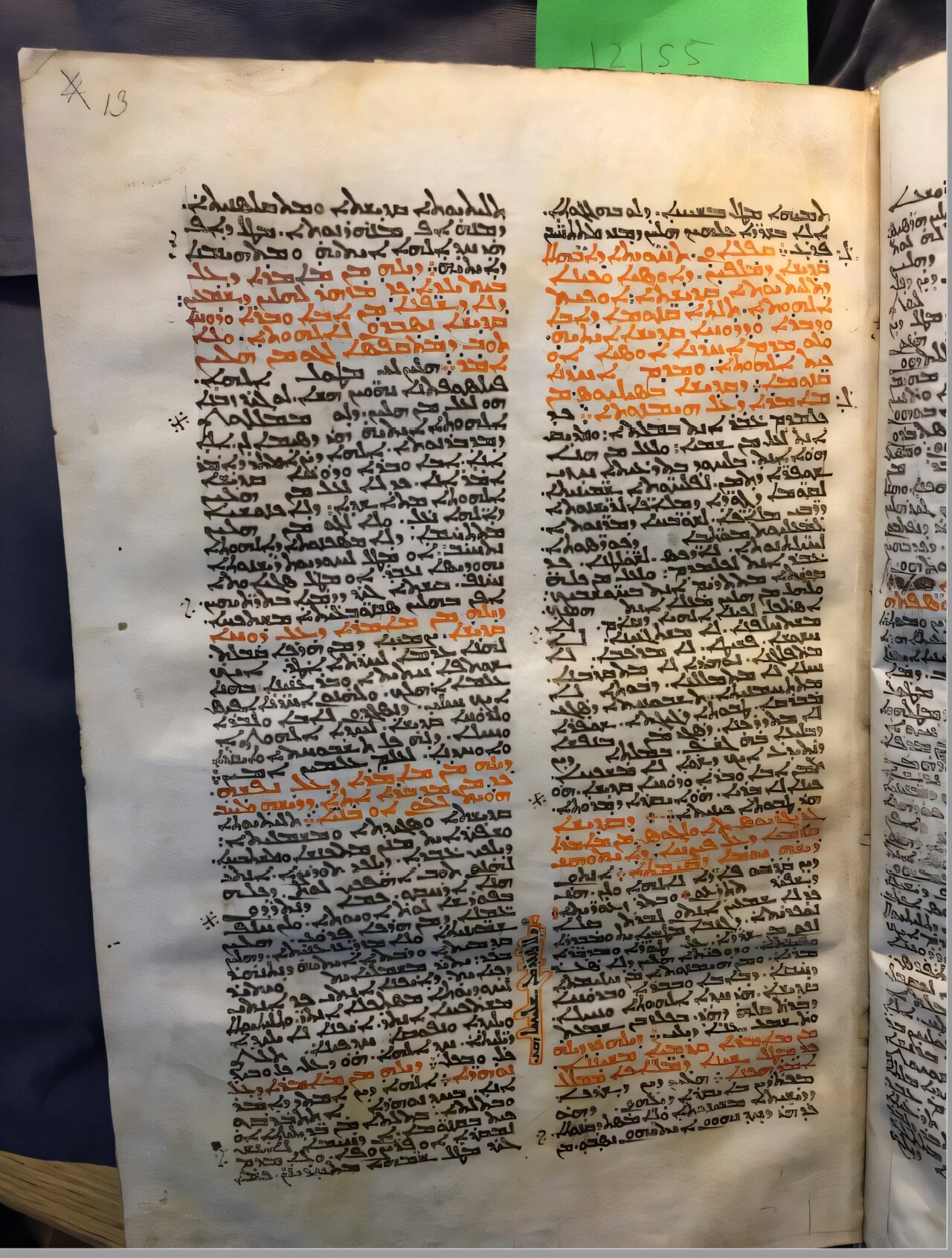
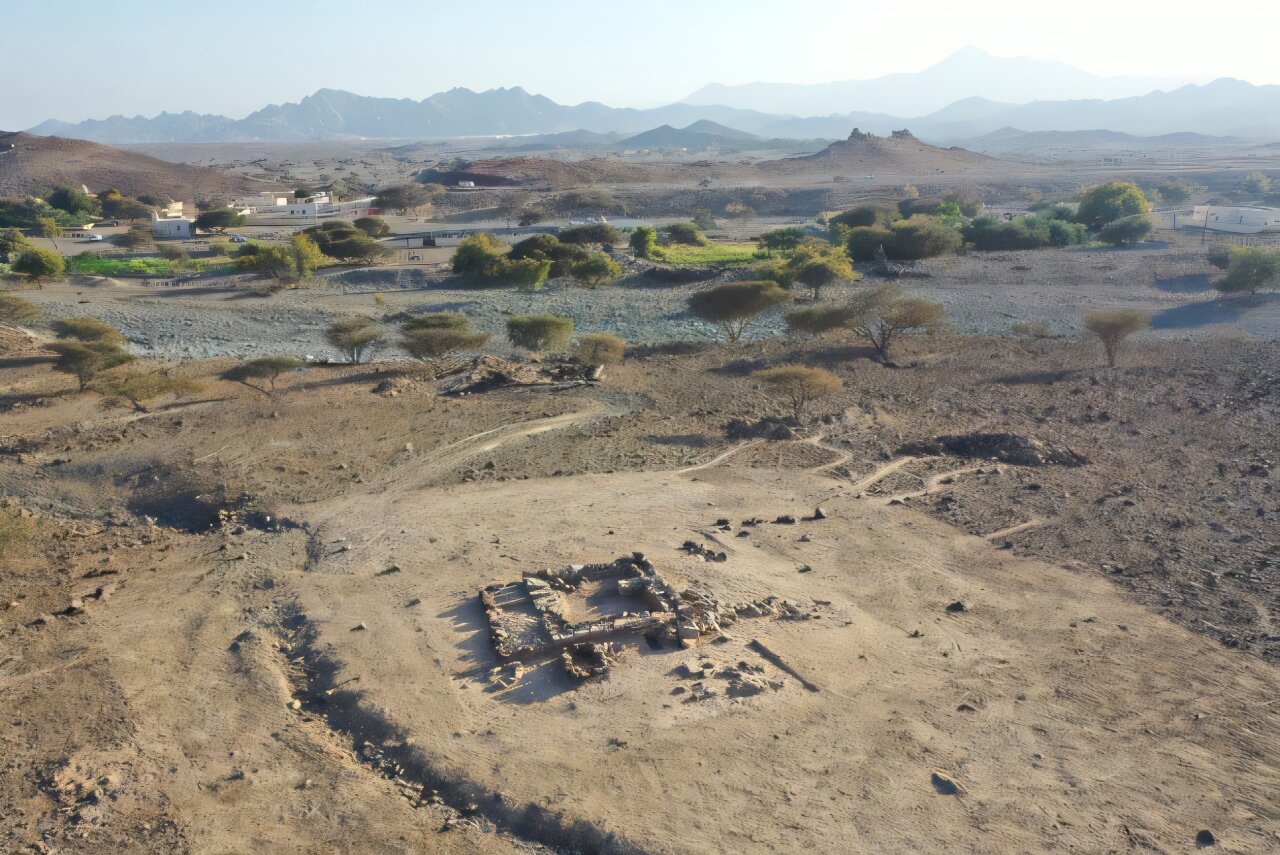
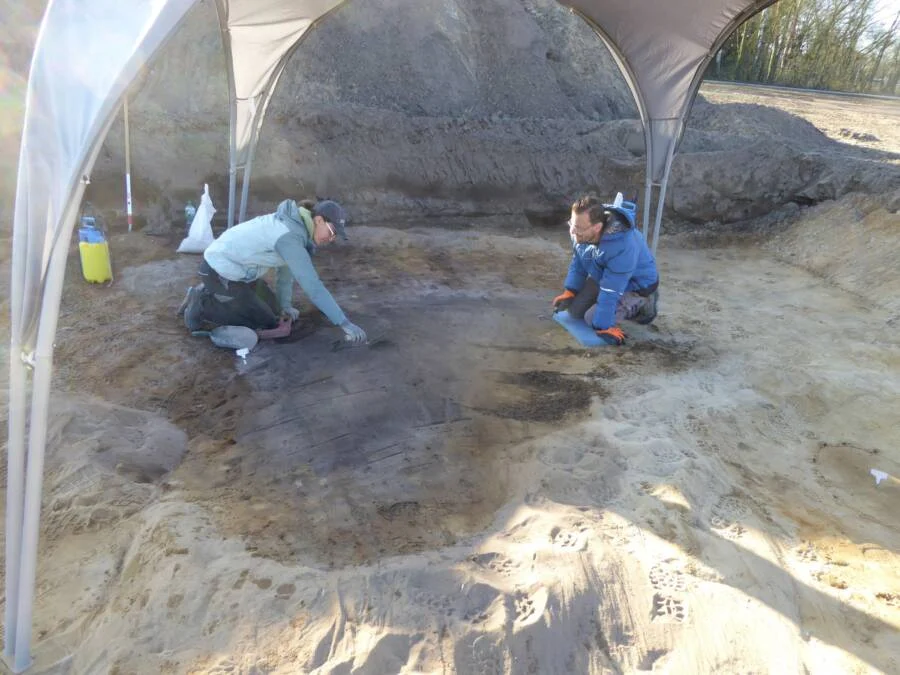
Leave a Reply